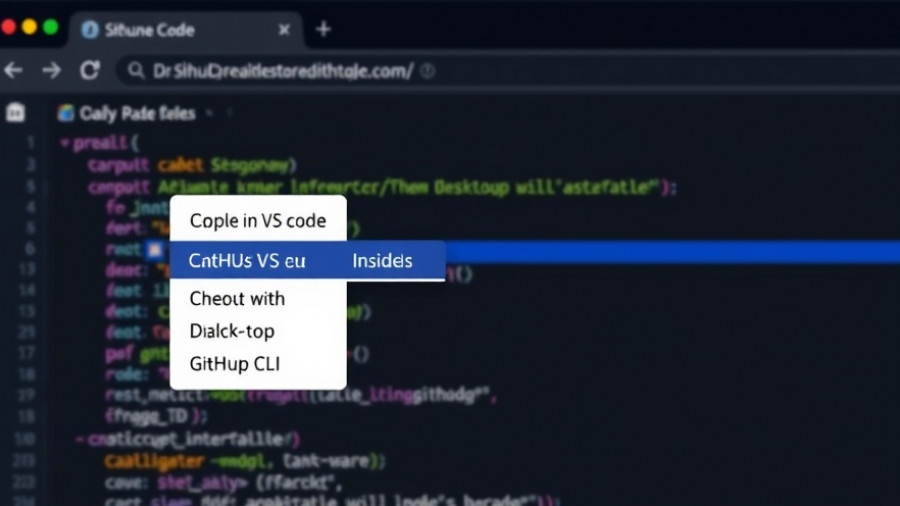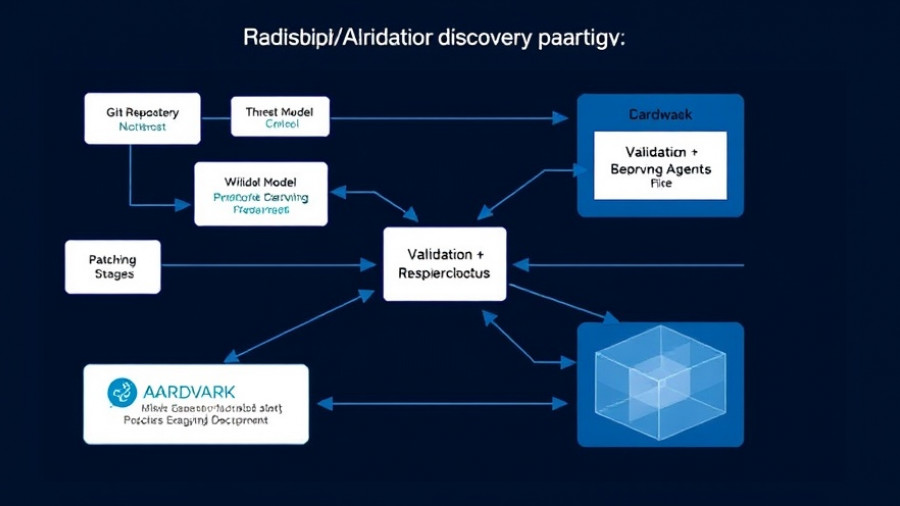
Understanding the Model Context Protocol Challenges
The Model Context Protocol (MCP) has emerged as a significant middleware for enhancing AI functionalities, enabling platforms like Google’s Gemini 5 and OpenAI's GPT-5 to integrate with various data sources and applications effectively. However, it has become increasingly evident that these advanced AI agents face notable hurdles when trying to optimize their performance using MCP. Despite their impressive capabilities, studies from top-tier institutions like the University of California at Berkeley and Accenture reveal that even the most sophisticated models can struggle with task management and completion, especially when those tasks expand in complexity.
The Performance Dilemma: Why Top AI Models Get Stuck
GPT-5 and similar models often encounter performance dip as the requirements transition from simple tasks to more complex multi-server tasks. Research like that from the National University of Singapore highlights a troubling trend: many advanced models exhibit failure cases after repeated interactions, leading to significant delays and inefficiencies. The underlying issue lies not necessarily in their training but in the manner they interact with external applications through MCP.
This challenge is exacerbated by the nature of MCP itself, which was designed to minimize connection overhead. Although it facilitates interactions between AI and third-party applications, it demands that AI models formulate strategic plans to access and process data correctly. The adequacy of metadata describing these connections is critical; however, many MCP servers are rushed to market, often resulting in vague tool descriptions that can mislead AI agents—hurting effectiveness and increasing the risk of errors.
Security Risks: Understanding the Stakes
As AI agents strive to navigate the complexities of MCP, another crucial aspect cannot be overlooked: security. The data handled by AI systems often includes sensitive information, raising red flags regarding how these systems interact with external applications. A particular concern arises around prompt injection—where malicious requests trick AI systems into revealing sensitive data. This risk emphasizes the need to ensure strict oversight on what data AI has access to through MCP and to avoid exposing private information inadvertently.
Brad Dixon of ivision articulates this concern powerfully, urging organizations to consider the 'lethal trifecta' of risks: access to private data, external communication capabilities, and exposure to untrusted content. As more organizations introduce AI capabilities via MCP, understanding and mitigating these risks is imperative. Transparency regarding what external tools an AI connects to, along with effective monitoring of interactions, can help navigate these challenges.
Future Prospects: Recommendations for AI Integration
With the MCP landscape constantly evolving, organizations have a choice: to adopt, adapt, or innovate their AI capabilities. For those looking to integrate this technology, it’s essential to weigh the pros and cons carefully. Organizations not ready to move forward with MCP should remain vigilant, aware that employees may take initiatives to enable AI tools unilaterally. Conversely, for those willing to leverage MCP, forethought about the chosen servers and tools is critical to maintain security without compromising efficiency.
If building bespoke AI applications using MCP, it’s vital to adopt a security-centric approach. Continuous testing and robust architecture can significantly mitigate risks inherent in emerging tools. Ultimately, though MCP presents unique challenges, it also opens the door to extensive capabilities that could reshape our interaction with AI systems moving forward.
 Add Row
Add Row  Add
Add 




Write A Comment